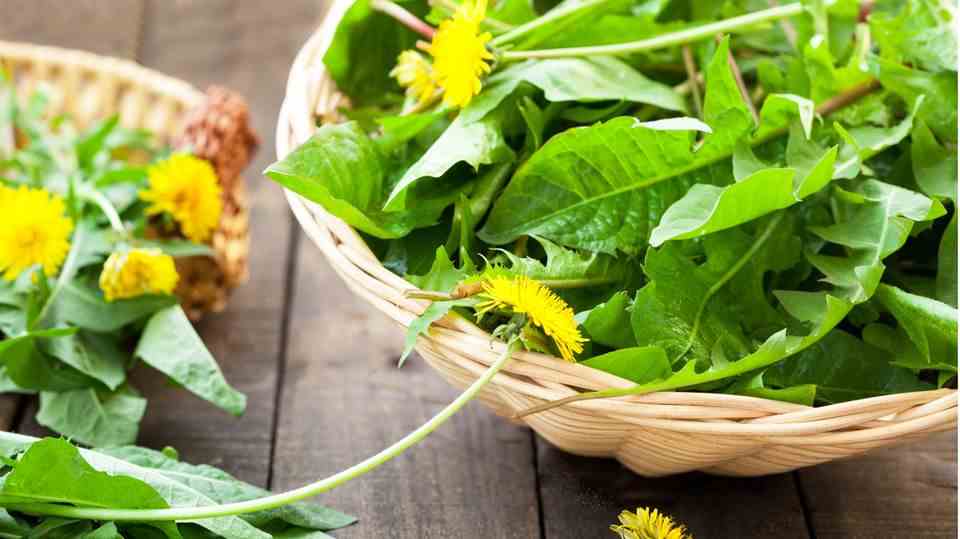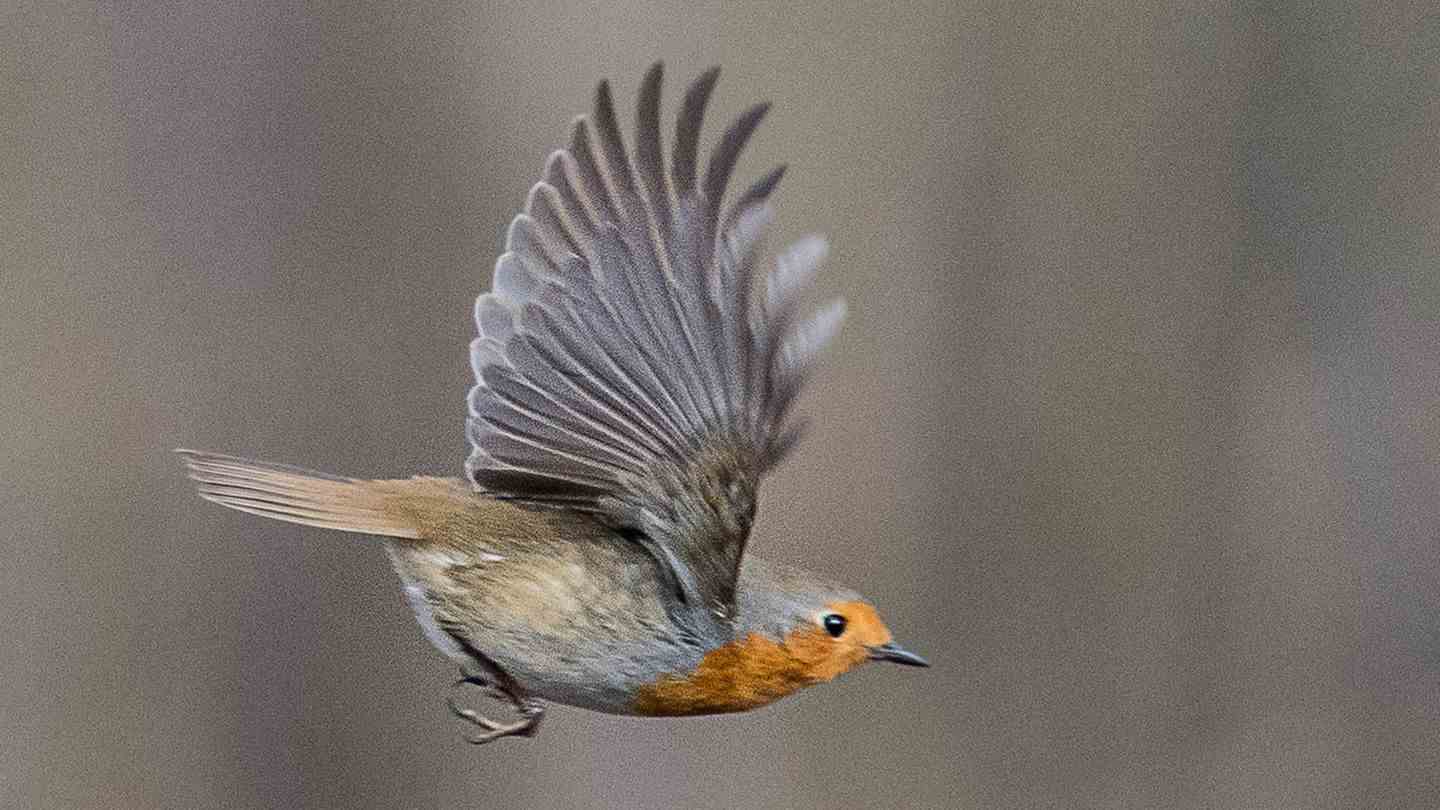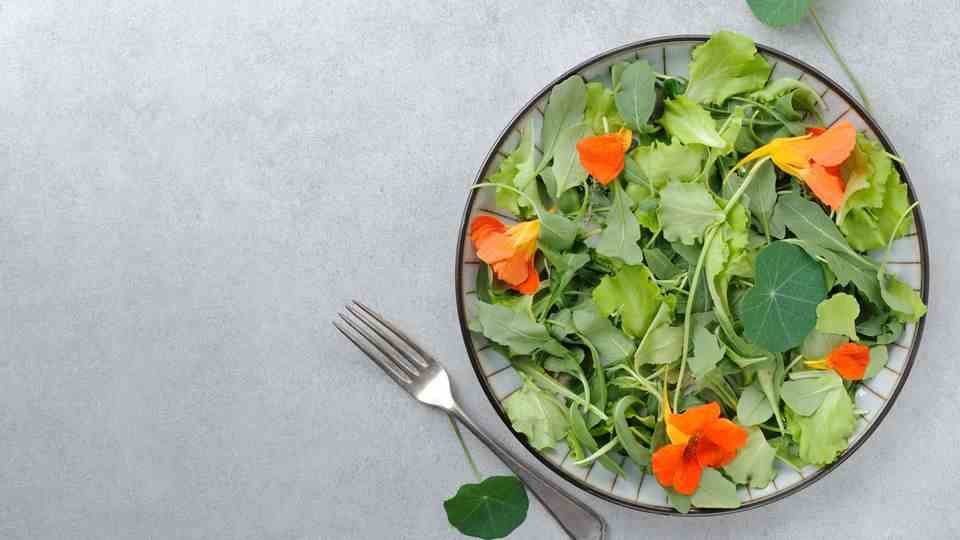The Nabu bird count is running this weekend. Why is life raging in some gardens, but not a peep in others? It could be the plants.
This weekend, the Nabu is calling for the “Hour of the Garden Birds” throughout Germany. Whether ornithological amateurs or experts – anyone who is interested and can spare an hour should count birds, recommends the Nature Conservation Union. The censuses may be more successful in some parks and gardens than others. But why is that? What attracts the animals and what deters them?
When writing this text, there was already a first indication of where birds feel comfortable, namely by looking out of the office window. You could see how a pair of magpies spent hours doing impressive construction work. The two large black and white birds had chosen the holly tree by the side of the road and tirelessly carried branches and other nesting material. Soon there will probably be Elster offspring here.
The Ilex – or European holly – is a good example of plants that make parks or gardens more bird-friendly. If you have the “Tree of the Year” from 2021 in your garden, you can certainly observe a lot of birds, because the animals love the red berries. The low-maintenance bush, which can grow into a meter-tall tree, is also pretty to look at with its leathery, prickly leaves. In summer, its flowers attract many insects.
No food, no shelter – Nabu advises against exotic plants
What is pretty in the garden is debatable. Forsythia, rhododendron, magnolia and ornamental cherries also look beautiful. But anyone who buys such plants for the garden can be sure: They will drive away tits, robins, blackbirds and other songbirds. Because these bushes offer the animals nothing edible. Insects, which are an important food for birds, will also hardly be found on them.
Bamboo and cherry laurel also top the list of least favorite plants among native songbirds. The evergreen cherry laurel is downright hated by nature conservationists, which Nabu Bremen puts it particularly succinctly on its website. It says that anyone who plants a cherry laurel is committing a “crime against nature”. “Even a concrete wall is ecologically more valuable, at least lichen and moss will grow on it over time.”
So what to plant if you want to have the native bird life in your garden? The answer is actually quite simple, and there are many suggestions on the web, including the Nabu. As a rule of thumb you should remember: Use native plants that provide food and nesting places for animals.
Exotics are taboo – and when it comes to flowers, they shouldn’t be “double” varieties, meaning not bred specifically to have lots of petals. Because the stamens that contain pollen and nectar are missing there. Only unfilled flowers provide food for insects.
The difference between “filled” and “unfilled” flowers is easily explained using the example of roses. Wild roses provide plenty of nectar and pollen with their original flowers, while ornamental roses have had their flowers bred to consist only of petals. It may look fancy, but it doesn’t feed an insect. And where there are no insects, there are no insectivorous birds, such as the great tit.
A little clutter never hurts
Courageous garden designers like to leave parts of the terrain a bit untidy – for example with deadwood, under which birds find small beetles and other edible creatures. In the fall, they like to leave the leaves behind, which might also please the hedgehog, which you don’t usually see because it tends to be out and about at night. And if you want to give the insects a special treat, leave dandelion – a real “calorie bomb” in terms of pollen and nectar.
It doesn’t have to be an impenetrable eco-jungle. Robins, blackbirds, chiffchaffs and wrens are satisfied with just a few native bushes. According to Nabu, if you have a mountain ash in your garden, you will find 63 species of birds to be enjoyed. It is not without reason that the fruits are called “rowanberries”. And 163 species of insects were counted on the hawthorn, which, among other things, finds the approval of the insectivorous chiffchaff. Other plants such as ivy, hazelnut, elderberry and fruit trees and bushes are also considered bird and insect friendly.
If nature enthusiasts take part in the “Hour of the Garden Birds” counting campaign this weekend, they can be sure: there will be significantly more species in colorful parks and gardens with native trees, bushes and flowers than in “orderly” areas with rolled turf and cherry laurel .
Sources: Nabu to bird friendly gardens, German Forest Protection Association, Nabu Bremen, Hour of the Garden Birds, RBB

Watch the video: The garden must be cleared of weeds regularly. But you shouldn’t just throw away the plants. Because dandelion, stinging nettle and ground elder are ideal for teas, soups or salads.


